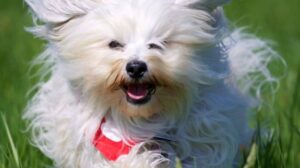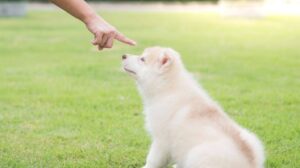
Pavlov’s Dog and the Principles of Classical Conditioning
Pavlov’s dog refers to an experiment conducted by Ivan Petrovich Pavlov to demonstrate classical conditioning.
Russian professor Ivan Petrovich Pavlov (born 14.09.1849 and died 27.02.1936) won the 1904 Nobel Prize for his research into digestive processes, as well as for discovering classical conditioning in dogs. Through training sessions he observed an innate unconditional reflex become conditional over time – something known today as Pavlov’s dog experiment which demonstrated its success. To prove its validity he conducted an experiment that became known by its name.
Pavlov first recognized the phenomenon of classical conditioning.
Dogs tend to salivate more during food intake. This involuntary response from these four-legged creatures is not to be suppressed – in fact, Pavlov’s research work with dogs showed an increased salivation flow occurring prior to feeding as soon as they approached their kennels only!
Pavlov wanted to demonstrate his theory on conditioning through setting up a simple yet relevant experiment: Pavlov’s Dog.
Pavlov’s Dog as a Proving Experiment
As part of his experiment, the naturalist used a simple bell as an acoustic stimulus, ringing it on his dogs for their experiment. While this sound did not cause increased salivation in his four-legged friends, shortly after this stimulus they were fed causing increased salivation paired with encouragement of the bell ringing simultaneously.
Pavlov discovered conditioning when his bell began to ring after an extended habituation period; as predicted, the dogs responded to it with more salivation as soon as they learned there would be food after hearing its sound; he successfully trained his dogs to develop a conditional reflex to an insignificant stimulus for dogs, just like an innate one – providing scientific proof for its principle and making an essential discovery that remains an integral component of today’s behavior training with dogs.

